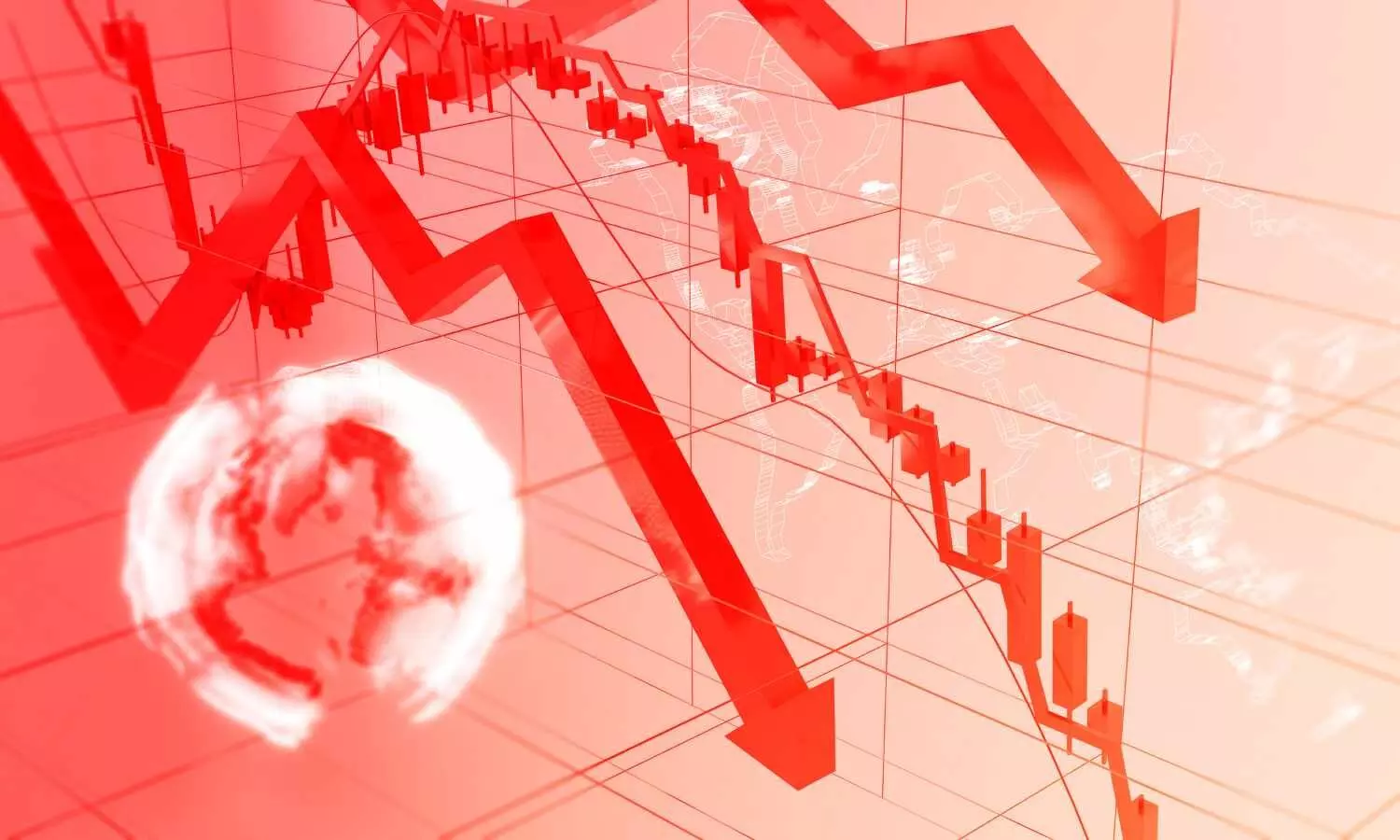Five steps to protect your portfolio when Sensex is down
image for illustrative purpose

When equity markets face corrections, the effects are often felt across various assets, leaving many investors vulnerable. Recent market downturns have wiped out gains, impacting not just portfolios but also consumption behaviors, such as spending on leisure activities. As a result, both retail investors and professional traders see a reduction in wealth and income. However, understanding how to protect your portfolio during such periods can help mitigate the risks.
Why Does an Equity Market Correction Matter?
Equity market corrections are a common part of the investment cycle. However, for individual retail investors, corrections can have significant consequences. What starts as a correction could turn into a prolonged bear market. With current uncertainties surrounding the global economy—such as changes in US leadership, fluctuating global trade policies, and domestic economic concerns—market sentiment can shift toward pessimism. The challenge is navigating this volatility and ensuring that your portfolio remains resilient.
How to Protect Your Portfolio During a Market Downturn
1. Allocate Funds in Low-Risk Assets
It's essential to have some funds in low-risk assets such as fixed deposits and conservative debt funds. This approach provides stability when equity markets are falling, ensuring that you don't need to liquidate your equity investments during market downturns. By relying on low-risk investments for short-term needs, you preserve the value of your long-term portfolio.
2. Stay Consistent with Your Systematic Investments
Market corrections present an opportunity to buy equities at lower prices. To take advantage of this, continue with your regular systematic investment plan (SIP), even when markets are down. Sticking to your SIP ensures that you purchase high-quality assets at a discount, setting you up for future growth when the market recovers.
3. Plan for Long-Term Goals with a Buffer Period
For goals that are within the next 12–18 months, consider shifting funds to low-risk debt instruments. This allows you to avoid pulling money from your equity investments, which may be impacted by market volatility. Having a financial cushion will ensure that the funds you need for short-term goals are protected from market swings.
4. Avoid Constant Portfolio Monitoring
Frequent checking of your portfolio value during market downturns can lead to anxiety and impulsive decision-making. Instead of obsessing over daily fluctuations, step back and focus on the long-term picture. Staying calm and avoiding emotional reactions is key to making rational investment decisions.
5. Diversify Your Investment Portfolio
Diversification is a crucial strategy to minimize risk. Besides equities, ensure that your portfolio includes a mix of asset classes like debt and gold. During market corrections, these assets tend to perform differently than equities, helping to offset the impact of falling stock prices.
The Bigger Picture: Focus on What You Can Control
While asset prices are unpredictable and beyond your control, there are aspects of your financial strategy that you can manage. The key to long-term wealth creation lies in your ability to save regularly and increase your earning capacity. Focus on growing your savings and investments consistently. Even if overall returns are lower due to market corrections, regular contributions to your portfolio will still lead to significant growth over time.

